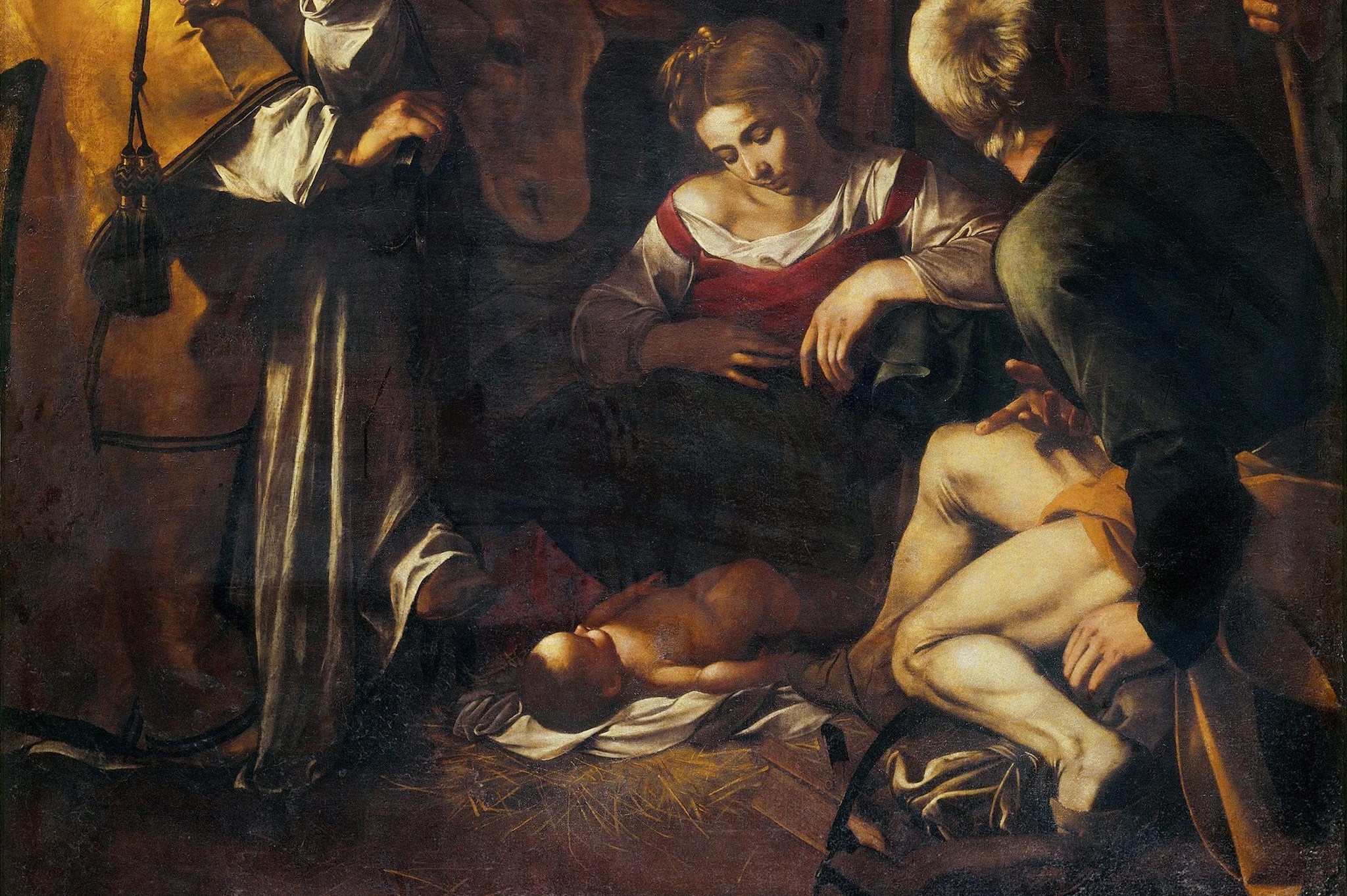Words and Tellina Shells
“Words are important,” screamed Nanni Moretti in a famous scene from Palombella Rossa, slapping (something that perhaps wouldn’t be acceptable today?) the young journalist who was interviewing him using hasty, colloquial language and low-level English words.
The precise word – a true privilege in our way of communicating with the world – should also be valued and respected in art criticism, where a crowd of neologisms born of the internet and social media culture alternates with linguistic feats crafted to elevate discourse to deliberately inaccessible levels. A choice that, in an era of accessibility policies, is at the very least peculiar.
Typical of distorted and distorting attitudes, the use of hermetic language produces convoluted excesses aimed at aborting the scorned yet valuable practice of popularization — with the goal of excluding from discourse rather than including in shared knowledge. On one hand, the general level of language is increasingly tending toward the impoverished (or “cheap,” as Moretti’s journalist might say while receiving a second slap…), while on the other, intellectual manipulation is the ripe fruit of a culture that values appearance over substance.
A recent example is the scientific project behind the new Venice Architecture Biennale, curated by Turin-born engineer and architect Carlo Ratti (b. 1971), who, after moving from the Polytechnic University of Turin to MIT in Boston, presented his Biennale under the title Intelligens. Natural. Artificial. Collective. He extrapolated from the Latin participle intelligens (from intelligere) the improbable term gens—meaning “people” or “folk”—treating it as a separate noun, forced into service to support his aim of speaking about humanity, rather than respecting the correct semantic origin of intus-legere, that is, “to read within,” and thus, to understand.
A play on words and spelling, in short, that reveals the tightrope-walking tendency of a certain strand of contemporary criticism—devoted more to surface than to meaning, to mystification rather than precision. “A language as precise as possible,” said Calvino in his beautiful Six Memos for the Next Millennium, “both in terms of vocabulary and in the rendering of the nuances of thought and imagination.”
The perfect pairing of lightness and precision is the foundation of the marvelous cosmos of our language, which is elevated precisely through lightness. To defend ourselves from narcissistic ramblings, any passage by the great critic Roberto Longhi would suffice—renowned for his crystalline descriptions, such as that of Caravaggio’s Nativity and its “pitiful child, abandoned on the ground like a tellina shell tossed aside.” Light words for precise images.
Chiara Gatti

